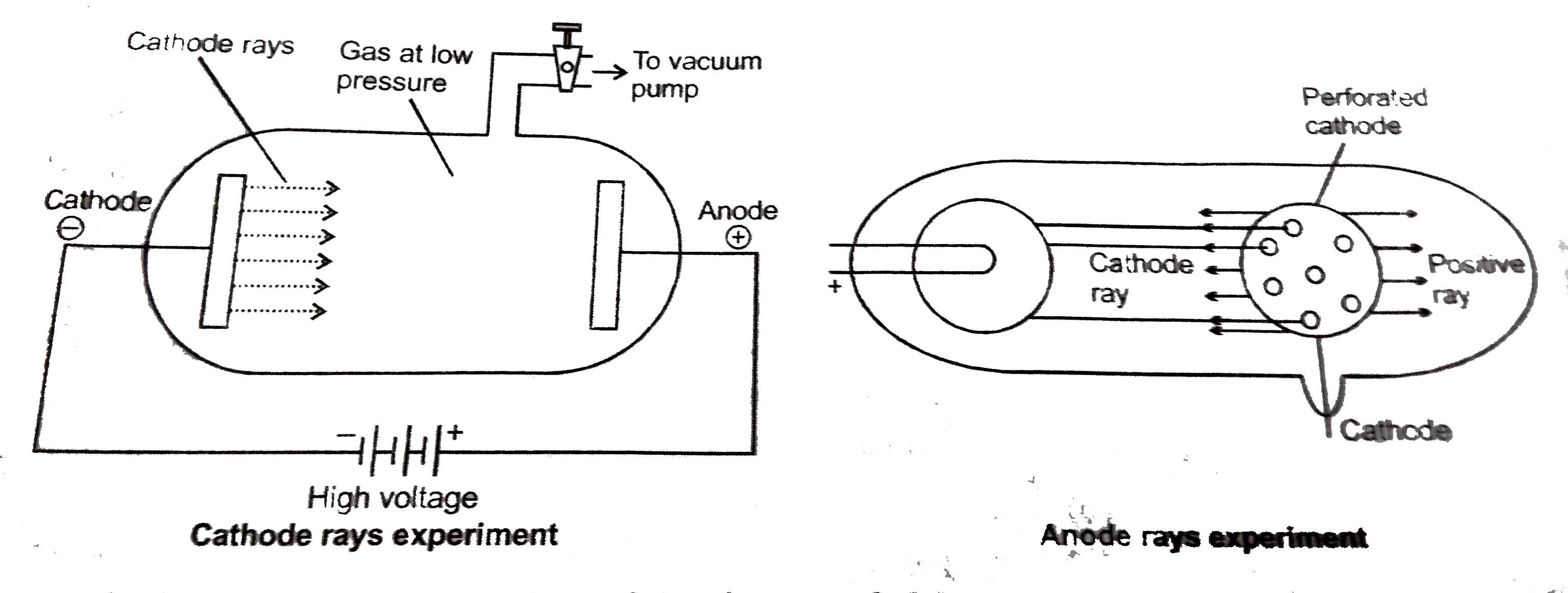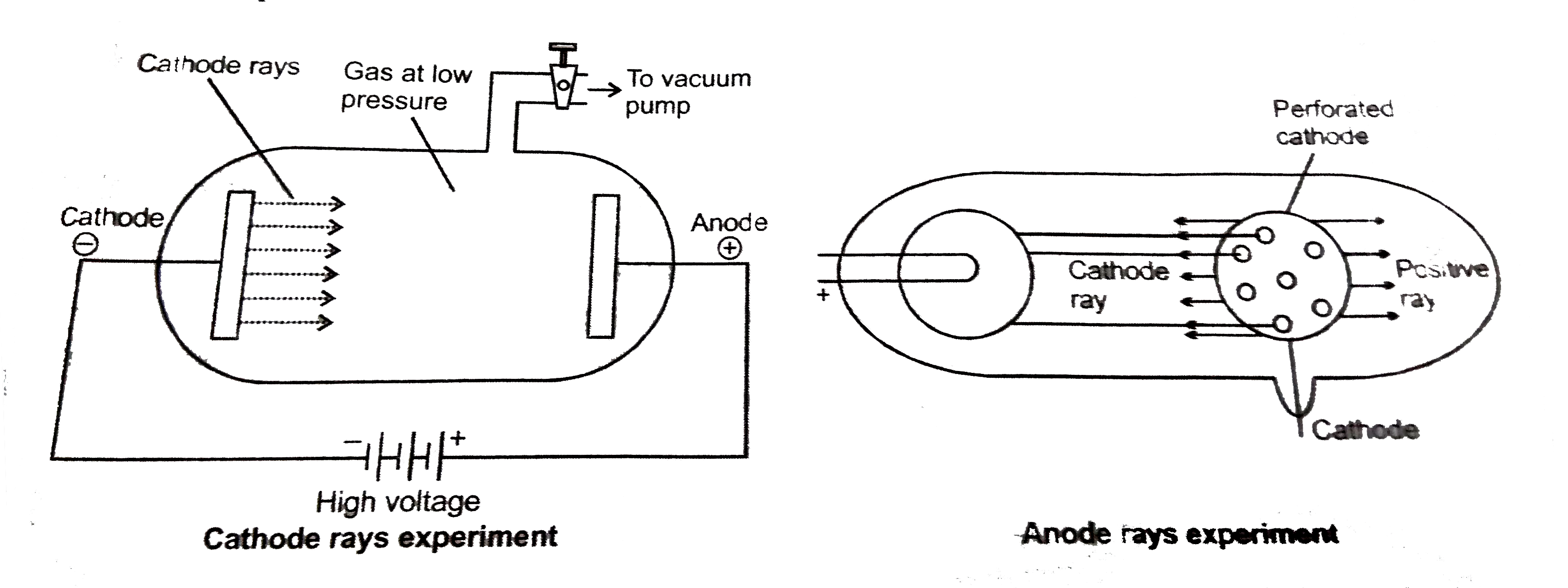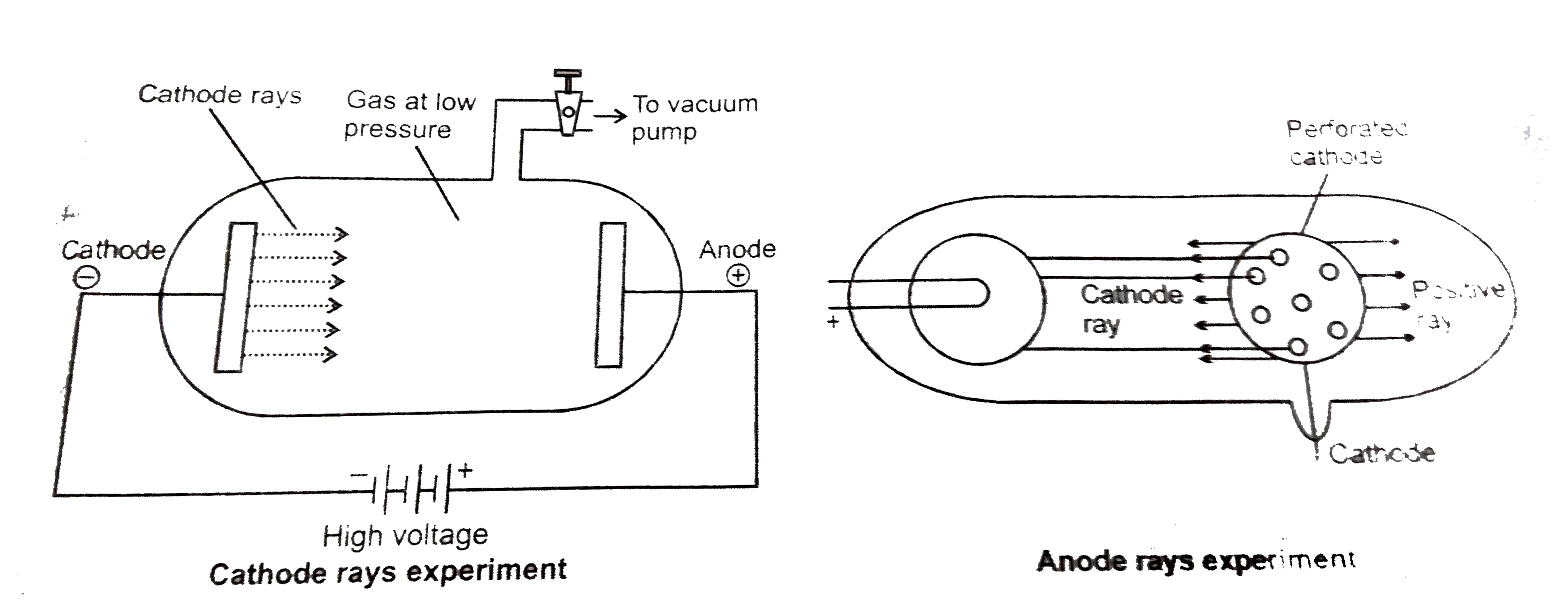Assertion : A laser beam 0.2W power can drill holes through a metal sheet, whereas 1000W torch-light cannot.
Reason : The frequency of laser light is much higher than that of torch light.
Both Assertion and Reason are true and Reason is the correct explanation of Assertion
Both Assertion and Reason are true but Reason is not a correct explanation of Assertion
Assertion is true but Reason is false
Assertion is false but Reason is true
The correct Answer is:C
To analyze the assertion and reason provided in the question, we will break down the concepts involved step by step.
Step 1: Understanding the Assertion
The assertion states that a laser beam with a power of 0.2 W can drill holes through a metal sheet, while a 1000 W torch light cannot.
Explanation:
- The ability to drill a hole depends on the intensity of the light, which is defined as power per unit area.
- A laser beam is highly focused and can deliver its energy to a very small area, resulting in a high intensity.
Step 2: Understanding Intensity
Intensity (I) is given by the formula:
I=PA
where P is the power and A is the area over which the power is distributed.
Explanation:
- For the laser beam, the power (0.2 W) is concentrated on a very small area, leading to a very high intensity.
- In contrast, the torch light, even though it has a higher power (1000 W), spreads its energy over a much larger area, resulting in a lower intensity.
Step 3: Comparing Laser and Torch Light
The laser light is coherent, monochromatic, and focused, while the torch light is incoherent and spreads out.
Explanation:
- The focused nature of the laser allows it to concentrate energy effectively, which is crucial for drilling through materials.
- The torch light, despite having higher power, lacks the focus and thus cannot achieve the same effect.
Step 4: Analyzing the Reason
The reason states that the frequency of laser light is much higher than that of torch light.
Explanation:
- While it is true that laser light can have a higher frequency, the frequency alone does not determine the ability to drill holes.
- The key factor is the intensity of the light, which is a function of power and area, not just frequency.
Conclusion
- The assertion is true: a laser beam can drill holes due to its high intensity, while a torch light cannot despite having higher power.
- The reason is false: the frequency of light does not directly relate to the ability to drill holes; it is the intensity that matters.
Final Answer
- The assertion is true, but the reason is false. Therefore, the correct answer is that the assertion is true and the reason is false.
---
The assertion states that a laser beam with a power of 0.2 W can drill holes through a metal sheet, while a 1000 W torch light cannot.
- The ability to drill a hole depends on the intensity of the light, which is defined as power per unit area.
- A laser beam is highly focused and can deliver its energy to a very small area, resulting in a high intensity.
Intensity (I) is given by the formula:
I=PA
where P is the power and A is the area over which the power is distributed.
- For the laser beam, the power (0.2 W) is concentrated on a very small area, leading to a very high intensity.
- In contrast, the torch light, even though it has a higher power (1000 W), spreads its energy over a much larger area, resulting in a lower intensity.
The laser light is coherent, monochromatic, and focused, while the torch light is incoherent and spreads out.
- The focused nature of the laser allows it to concentrate energy effectively, which is crucial for drilling through materials.
- The torch light, despite having higher power, lacks the focus and thus cannot achieve the same effect.
The reason states that the frequency of laser light is much higher than that of torch light.
- While it is true that laser light can have a higher frequency, the frequency alone does not determine the ability to drill holes.
- The key factor is the intensity of the light, which is a function of power and area, not just frequency.
- The assertion is true: a laser beam can drill holes due to its high intensity, while a torch light cannot despite having higher power.
- The reason is false: the frequency of light does not directly relate to the ability to drill holes; it is the intensity that matters.
- The assertion is true, but the reason is false. Therefore, the correct answer is that the assertion is true and the reason is false.
Similar Questions
Assertion: In series combination of electric bulbs th ebulb of lower power emits more light than that of higher power bulb.
Reason: The lower power bulb in series gets more current than the higher power bulb.
View SolutionAssertion: Photoelectric effect proves the particle nature of light.
Reason: Photoemission starts as soon as light is incident on the metal surface, provided frequency of incident light is greater than or equal to the threshold frequency.
View Solution
Knowledge Check
Assertion : The threshold frequency of photoelectric effect supports the particle nature of light.
Reason : If frequency of incident light is less than the threshold frequency, electrons are not emitted from metal surface.AIf both assertion and reason are true and reason is the correct explanation of assertion.BIf both assertion and reason are true but reason is not the correct explanation of assertion.CIf assertion is true but reason is false.DIf both assertion and reason are false.Assertion : The number of electrons ejected from a metal surface depend upon the frequency of light.
Reason : There is a time lag between the striking of light beam and the ejection of electrons from the metal surface.AIf both assertion and reason are true and reason is the correct explanation of assertion.BIf both assertion and reason are true but reason is not the correct explanation of assertion.CIf assertion is true but reason is false.DIf both assertion and reason are false.Assertion : If the frequency of the incident light on a metal electrons is more than doubled.
Reason : The metal will provide additional energy to the emitted photoelectron for light of higher frequency than for lower frequency.AIf both assertion and reason are true and reason is the correct explanation of assertion.BIf both assertion and reason are true but reason is not the correct explanation of assertion.CIf assertion is true but reason is false.DIf both assertion and reason are false.
Assertion :− The amount of CO20 that can diffuse through the diffusion membrane per unit differnece in partial pressure is much higher compared to that of O2.
Reason :− The solubility of CO20 is 20-25 times higher than that of O20 solubility.
View SolutionIn a photoelectric experiment a parallel beam of monochromatic light with power of 200W is incident on a perfectly absorbing cathode of work function 6.25. The frequency of light is just above the threshold frequency so that the photoelectrons are emitted with negligible kinetic energy. Assume that the photoelectron emission efficiency is 100%. A potential difference of 500V is applied between the cathode and the anode. All the emitted electrons are incident normally on the anode and are absorbed. The anode experiences a force n×10−4N due to the impact of the electrons. The value of n is __________. Mass of the electron 9.1×10−31Kg and charge is 1.6×10−19C
View SolutionThe existence of negatively charged particle in an atom was shown by J.J. Thomson as a result of the studies of the passage of electricity through gases at extremely low pressure known as discharge tube experiments. When a high voltage of the order of 10,000 volts or more was impressed across the electrodes, some sort of invisible rays moved from the negative electrode to the positive electrode these rays are called as cathode rays.

Cathode rays travel in straight path in absence of electrical and magnetic field . Cathode rays consist of material part and charged particles? Cathode rays produce X-rays and light is emitted when they strike on ZnS screen. Cathode rays penetrate through thin sheets of aluminium and other metals . They affect the photogenic plate and passes heating effect when they strike on metal foil. The raito of charge to mass i.e charge/mass is same for all the cathode rays irrespective of the gas used in the tube.
The existence of positively charged particle in an atom was shown be E. Goldstein. He repeated the same discharge tube experiments by using a perforated cathode. It was observed that when a high potential difference was applied between the electrodes, not only cathode rays were produced but also a new type of rays were produced simultaneoulsy from anode moving towards cathode and passes through the holes or canal of the cathode. These termed as canal rays or anode rays.
These rays travel in straight lines and consists of positively charged particles. These rays have kinetic energy and produces heating effect also. The e/m ratio of these rays is smaller than that of electrons. Unlike cathode rays, their e/m value is dependent upon the nature of the gas taken in the tube. These rays produced flashes of light on ZnS screen and can pass throughs thin metal foils. They can produce physical and chemical changes and are capable to produce ionisation in gases.
Select the incorrect statement.
View SolutionThe existence of negatively charged particle in an atom was shown by J.J. Thomson as a result of the studies of the passage of electricity through gases at extremely low pressure known as discharge tube experiments. When a high voltage of the order of 10,000 volts or more was impressed across the electrodes, some sort of invisible rays moved from the negative electrode to the positive electrode these rays are called as cathode rays.

Cathode rays travel in straight path in absence of electrical and magnetic field . Cathode rays consist of material part and charged particles? Cathode rays produce X-rays and light is emitted when they strike on ZnS screen. Cathode rays penetrate through thin sheets of aluminium and other metals . They affect the photogenic plate and passes heating effect when they strike on metal foil. The raito of charge to mass i.e charge/mass is same for all the cathode rays irrespective of the gas used in the tube.
The existence of positively charged particle in an atom was shown be E. Goldstein. He repeated the same discharge tube experiments by using a perforated cathode. It was observed that when a high potential difference was applied between the electrodes, not only cathode rays were produced but also a new type of rays were produced simultaneoulsy from anode moving towards cathode and passes through the holes or canal of the cathode. These termed as canal rays or anode rays.
These rays travel in straight lines and consists of positively charged particles. These rays have kinetic energy and produces heating effect also. The e/m ratio of these rays is smaller than that of electrons. Unlike cathode rays, their e/m value is dependent upon the nature of the gas taken in the tube. These rays produced flashes of light on ZnS screen and can pass throughs thin metal foils. They can produce physical and chemical changes and are capable to produce ionisation in gases.
For cathode rays the value of e/m:
View SolutionThe existence of negatively charged particle in an atom was shown by J.J. Thomson as a result of the studies of the passage of electricity through gases at extremely low pressure known as discharge tube experiments. When a high voltage of the order of 10,000 volts or more was impressed across the electrodes, some sort of invisible rays moved from the negative electrode to the positive electrode these rays are called as cathode rays.

Cathode rays travel in straight path in absence of electrical and magnetic field . Cathode rays consist of material part and charged particles? Cathode rays produce X-rays and light is emitted when they strike on ZnS screen. Cathode rays penetrate through thin sheets of aluminium and other metals . They affect the photogenic plate and passes heating effect when they strike on metal foil. The raito of charge to mass i.e charge/mass is same for all the cathode rays irrespective of the gas used in the tube.
The existence of positively charged particle in an atom was shown be E. Goldstein. He repeated the same discharge tube experiments by using a perforated cathode. It was observed that when a high potential difference was applied between the electrodes, not only cathode rays were produced but also a new type of rays were produced simultaneoulsy from anode moving towards cathode and passes through the holes or canal of the cathode. These termed as canal rays or anode rays.
These rays travel in straight lines and consists of positively charged particles. These rays have kinetic energy and produces heating effect also. The e/m ratio of these rays is smaller than that of electrons. Unlike cathode rays, their e/m value is dependent upon the nature of the gas taken in the tube. These rays produced flashes of light on ZnS screen and can pass throughs thin metal foils. They can produce physical and chemical changes and are capable to produce ionisation in gases.
Which is not true with respect to cathode rays?
View Solution
